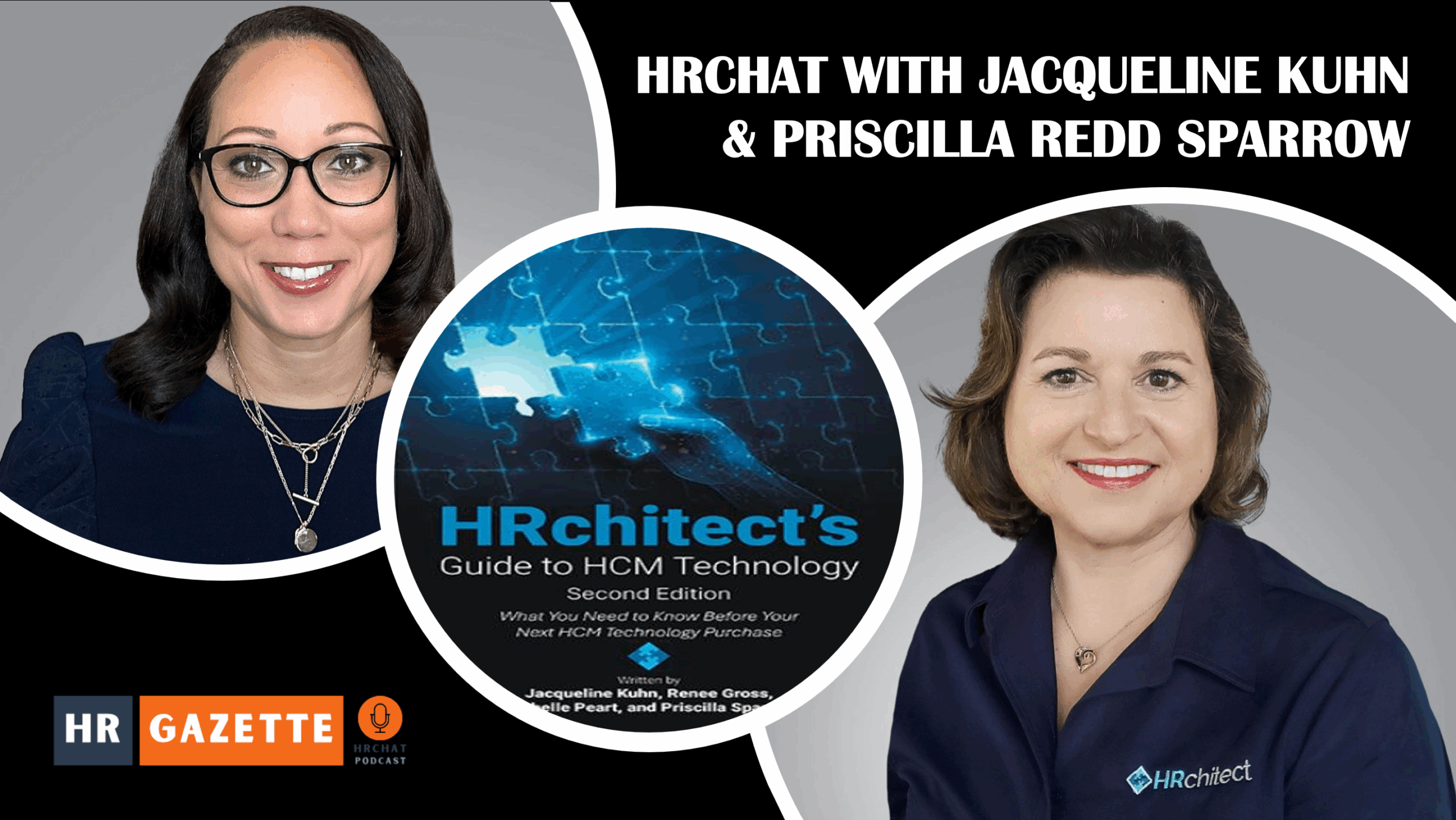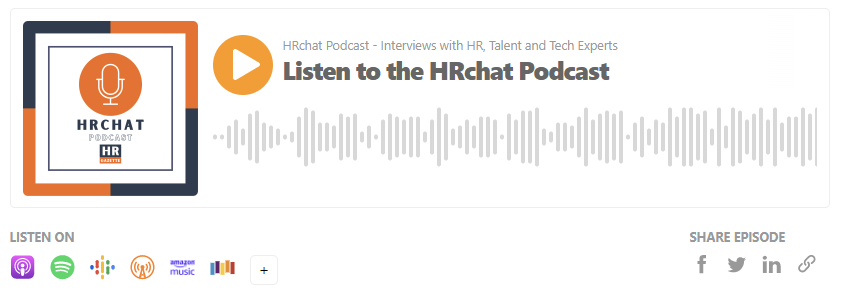
Making Better HCM Technology Decisions
The human element of HR technology is often overlooked in favor of features and functions but as our latest HRchat episode reveals, successful HCM technology implementation hinges on strategic alignment with business goals and effective change management.
Jacqueline Kuhn and Priscilla Redd Sparrow, two of the four authors of the newly updated second edition of HRchitect’s Guide to HCM Technology: What You Need to Know Before Your Next HCM Technology Purchase, join me in HRchat episode 809 to share insights that challenge conventional thinking about HR technology investments. The most striking revelation? Many HR leaders still position technology as a departmental efficiency tool rather than what it should be – a strategic business asset that puts critical information in decision-makers’ hands.
When evaluating potential vendors, beware of representatives who dance around direct questions or offer superficial change management support disguised as comprehensive solutions. As Priscilla explains, effective change management goes far beyond basic communication and training, requiring dedicated resources and a structured approach that engages employees throughout the implementation journey. Organizations must recognize that real change begins at go-live, not ends there, with different individuals adapting at varying paces.
The AI revolution has made HCM systems more user-friendly for practitioners, but its effectiveness depends entirely on data quality. Organizations must ensure clean, comprehensive data structures and move away from manual spreadsheet processes that undermine AI-driven insights. Regardless of company size, powerful tools are now accessible at various price points – the key is understanding your specific needs and selecting appropriate solutions.
Perhaps most importantly, HR professionals must embrace this guiding principle: “AI isn’t going to replace you, but if you’re not using AI, you will be replaced by someone who is.” With insufficient resources and poor planning ranking as the top reasons technology projects fail, strategic investment in consulting support often makes the difference between success and failure. Remember that purchasing and implementing technology is just the beginning – the real value emerges through effective utilization and maintenance over time.
Questions for Priscill and Jacqueline include:
- The Book and Its Purpose – This is the second edition. What’s changed? What gaps in the market or common pitfalls were you hoping to address for HR professionals?
- The title hints at being a roadmap for buyers. What’s the biggest misconception HR leaders still have when approaching their next HCM technology purchase?
- Strategy and Readiness – You talk about aligning HCM strategies with the C-suite. What are some tips for HR leaders who want to better position themselves as strategic partners during HCM tech planning?
- Evaluation and Selection – Can you each suggest one or two red flags HR professionals should look for during the evaluation and vendor selection process that may signal future headaches post-implementation?
- Implementation and Change Management – Change management is your specialty. What’s one of the biggest mistakes organizations make during HCM implementation, and how can they avoid it?
- How do you see the role of AI continuing to shape HCM systems—and what should HR professionals be doing now to stay ahead of that curve?
- Sometimes, change takes time. What advice do you have for HR teams managing stakeholder expectations when results from new HCM systems aren’t immediately visible?
- What’s one actionable piece of advice you hope every reader—and HRchat listener—takes away from this book?

